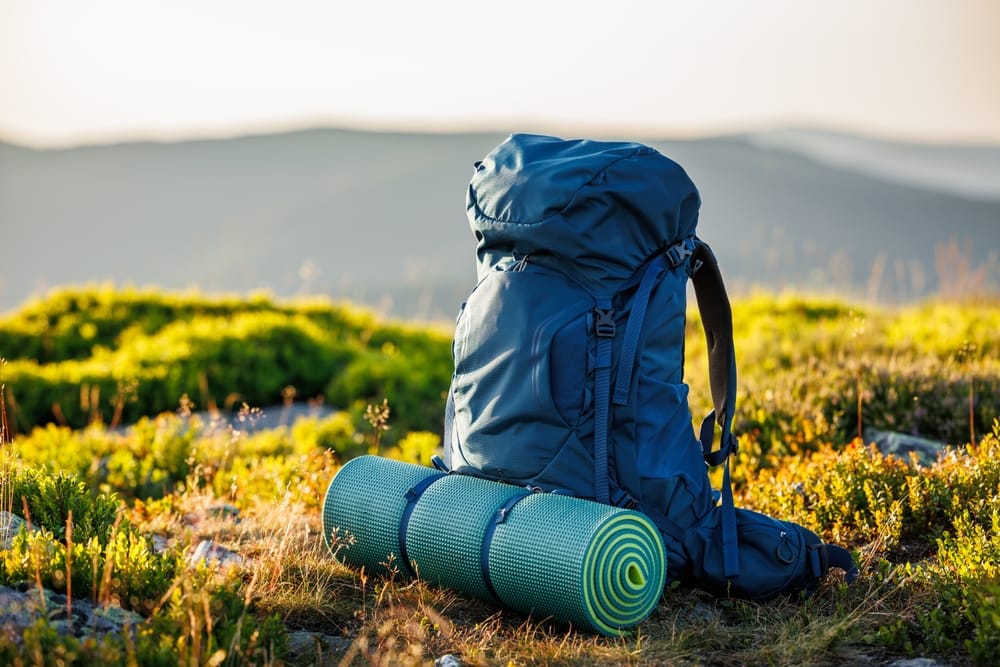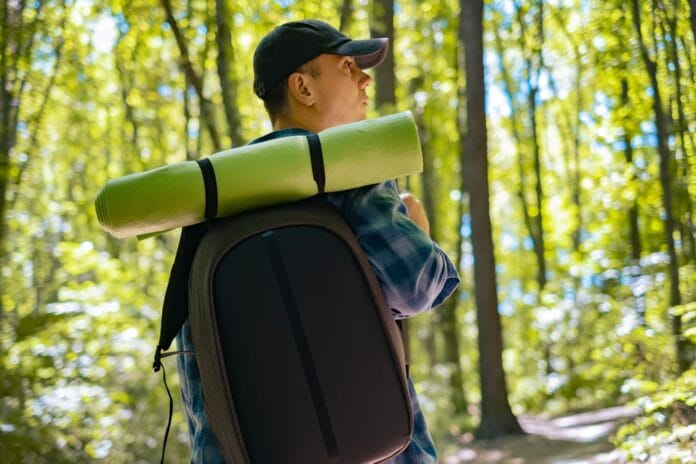What Is Rucking?
It’s simple. You walk. But with weight. Rucking takes the basic motion of walking and turns it into a full-body workout. Instead of just moving forward, your muscles engage differently, responding to the extra load on your back.
The practice comes from military training, where soldiers march for miles carrying heavy packs. But you don’t need combat boots or a tactical vest to benefit. A standard backpack with some weight does the job.
Rucking is low-impact, making it a great alternative to running. It burns calories, builds strength, and improves endurance—without hammering your joints. Plus, it fits into daily life. You can ruck to work, ruck to the grocery store, or take a ruck instead of a regular walk.
Why Rucking Is Gaining Popularity
Fitness trends come and go, but rucking is sticking around. Why? It’s accessible. No complicated routines. No expensive gym memberships. You just walk.
Another reason? Functional fitness. More people are realizing that lifting weights in the gym doesn’t always translate to real-life strength. Carrying a weighted pack mimics everyday movement—picking up groceries, carrying a toddler, or hiking uphill.
And then there’s the mental aspect. Rucking gets you outdoors, away from screens. Whether you do it solo or with a group, it offers a break from the usual fast-paced, high-stress workouts.

Health and Fitness Benefits of Rucking
1. Burns More Calories Than Walking
Regular walking is great. But adding weight increases calorie burn significantly. A 180-pound person walking a mile burns around 100 calories. Strap on a 30-pound pack, and that number jumps by 30–50%.
And unlike running, which can be rough on the knees, rucking is gentler on joints while still delivering cardiovascular benefits. If weight loss is a goal, rucking offers a steady, sustainable approach.
2. Builds Strength Without a Gym
Think about it—rucking works your legs, back, shoulders, and core. It’s resistance training disguised as cardio.
With every step, your muscles work harder than they would during a normal walk. Over time, you get stronger without lifting a single dumbbell. It’s an easy way to add resistance training to your routine—without stepping inside a gym.
3. Strengthens Bones and Joints
Rucking is a weight-bearing exercise, meaning it helps strengthen bones and reduce the risk of osteoporosis. The added load encourages bone growth and improves overall joint stability.
It’s also a safer alternative to high-impact sports. If running has left your knees aching, rucking offers a joint-friendly way to stay active.
4. Improves Posture and Core Stability
Slouching? Rucking can fix that.
The added weight forces better posture. To keep the pack balanced, you naturally stand taller, engage your core, and avoid hunching forward.
Over time, this translates to better overall posture, reducing back pain and improving spinal alignment.
5. Reduces Stress and Boosts Mental Health
Like hiking, rucking combines movement with time outdoors. That alone reduces stress.
Research shows that weighted exercise stimulates endorphins, helping fight anxiety and depression. The repetitive motion of walking creates a meditative rhythm, allowing your mind to reset.
Rucking solo offers time to think. Rucking with a group builds camaraderie. Either way, your mind benefits as much as your body.
How to Get Started with Rucking
Ready to try rucking? Start light. You don’t need to load up a 50-pound pack on day one.
Choosing the Right Gear
- Backpack – A standard backpack works, but a well-padded, ergonomic design helps with comfort.
- Weight – Beginners should start with 10–20% of their body weight. Weight plates, dumbbells, or even water bottles work.
- Shoes – Supportive footwear matters. Running shoes or hiking boots are ideal.
How to Ruck Properly
- Start with a manageable weight – 10–15 pounds is a good starting point.
- Walk with good posture – Keep your back straight and core engaged.
- Use varied terrain – Sidewalks, trails, hills—mixing it up challenges different muscle groups.
- Gradually increase weight and distance – Build up over time.

Common Mistakes to Avoid
- Going too heavy too fast – It’s tempting to push limits, but start light to avoid injury.
- Ignoring form – Rucking should feel natural, not painful.
- Wearing the wrong shoes – Proper footwear prevents blisters and discomfort.
Who Should Try Rucking?
Rucking is for everyone. Whether you’re new to fitness or an experienced athlete, it’s adaptable.
- Beginners – A simple, low-impact way to get fit.
- Runners – A great cross-training option.
- Hikers – Builds endurance for longer treks.
- Military Prep – A staple for tactical fitness.
- Anyone who wants a full-body workout – No gym required.
Is Rucking a Good Investment for Fitness?
It costs nothing. It builds strength. It burns calories. It improves posture.
Unlike some fitness fads, rucking has real-world benefits. It’s one of the most practical workouts out there. If you’re looking for an effective, sustainable, and enjoyable way to stay fit, rucking might be the answer.
So grab a backpack. Load it up. And start walking.


